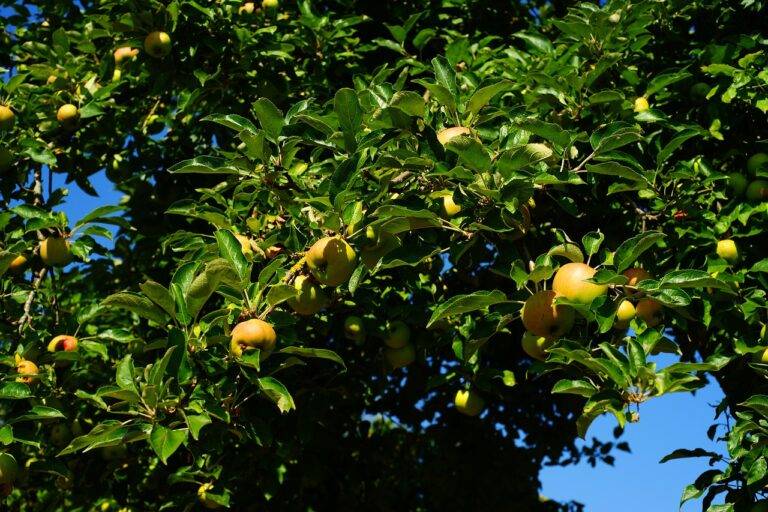Fermentation: Transforming Foods for Flavor and Health Benefits
Fermentation is a natural process that occurs when microorganisms like bacteria, yeast, or mold break down carbohydrates in the absence of oxygen. During fermentation, these microorganisms convert sugars and starches into alcohol or organic acids, producing compounds that give fermented foods their unique flavors and textures. This transformative process not only preserves food but also enhances its nutritional value by increasing the bioavailability of nutrients.
The fermentation process relies on various factors such as temperature, pH levels, and the type of microorganism present. Different strains of bacteria and yeast thrive under specific conditions, leading to the wide range of flavors and textures found in fermented foods. Understanding the science behind fermentation allows food scientists and producers to manipulate these variables to create a desired end product with consistent quality and taste.
Types of Fermented Foods
Sauerkraut, a classic fermented food, is made by fermenting shredded cabbage with salt and allowing beneficial bacteria to break down the sugars in the cabbage. The result is a tangy and crunchy dish that is not only delicious but also rich in probiotics that promote gut health.
Kimchi, a staple in Korean cuisine, is a spicy fermented vegetable dish typically made with cabbage, radish, and a variety of seasonings like chili powder, garlic, and ginger. This dish undergoes lactic acid fermentation which gives it a unique umami flavor and a complexity that pairs well with a wide range of dishes.
What is fermentation?
Fermentation is a metabolic process that converts carbohydrates, such as sugars and starches, into alcohol or organic acids using microorganisms like yeast or bacteria.
What are the benefits of consuming fermented foods?
Consuming fermented foods can improve digestion, boost the immune system, and increase the bioavailability of nutrients in the food.
How do fermented foods differ from non-fermented foods?
Fermented foods undergo a process of lacto-fermentation, in which natural bacteria feed on the sugar and starch in the food, creating lactic acid. This process preserves the food and creates probiotics.
What are some common types of fermented foods?
Some common types of fermented foods include yogurt, kefir, sauerkraut, kimchi, miso, tempeh, kombucha, and sourdough bread.
Are all fermented foods dairy-based?
No, not all fermented foods are dairy-based. While yogurt and kefir are dairy-based, other fermented foods like sauerkraut, kimchi, miso, tempeh, kombucha, and sourdough bread are not dairy-based.
Can fermented foods be made at home?
Yes, many fermented foods can be easily made at home with simple ingredients and basic equipment. There are plenty of recipes and tutorials available online for homemade fermented foods.







